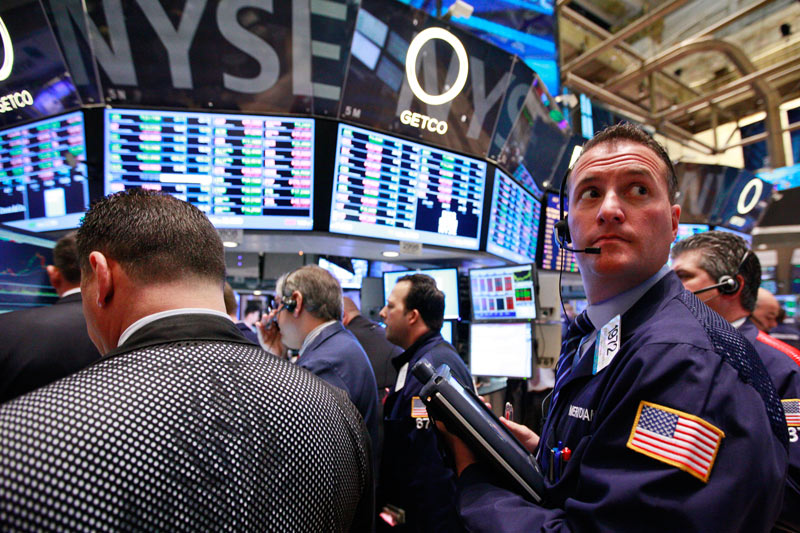Traders on Wall Street are facing increased volatility as an inverted yield curve, a phenomenon not seen since the Volcker era, has emerged, signaling potential recession concerns. The unusual condition where short-term borrowing rates surpass those of long-term loans has intensified the ‘T-bill and chill’ trade within the $26 trillion Treasury market. This development comes after equity benchmarks, which corrected in October, saw a turnaround with consecutive weekly gains this November.
The Federal Reserve’s indication of possible interest rate hikes to between 5.25% and 5.5% was made clear by Fed Chair Jerome Powell on Thursday. This strategy is aimed at achieving the central bank’s inflation target of 2%. Despite this hawkish stance, there has been a pause in policy changes since July as the Fed monitors long-term Treasury yields, which have been instrumental in controlling inflation. The currently stands at 4.627%, a decrease from the 5% peak in October but still notably higher than April’s low of 3.3%.
Market trends and labor wage demands are anticipated to be influenced by an upcoming inflation update from Macquarie on Tuesday, especially in light of September’s consumer prices rising at a faster-than-expected yearly rate of 3.7%. Investors and analysts alike are closely watching these developments for indications of future economic health and monetary policy direction.
This article was generated with the support of AI and reviewed by an editor. For more information see our T&C.
Read the full article here








